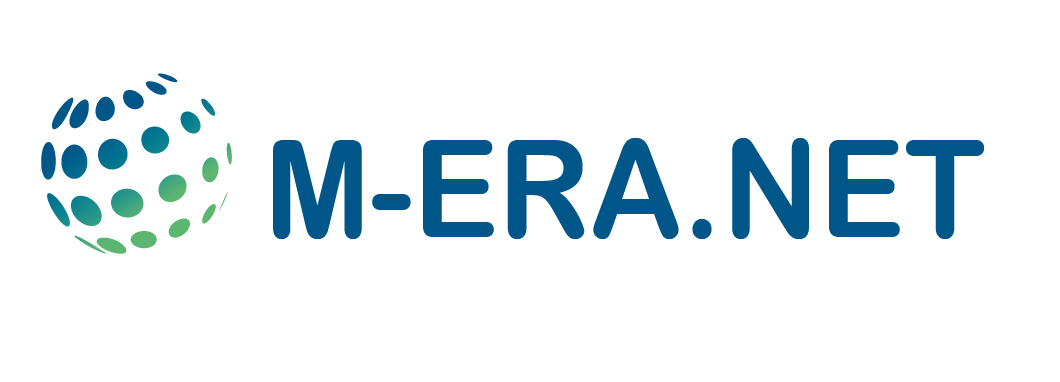
About
Project SummaryThe main objective of the project “Materials for circular economy - industrial waste based geopolymers composites with hybrid reinforcement” is to design & characterize new eco - friendly geopolymers (GPs) composites based on industrial and mining wastes, ideal for contribution to a circular economy. Furthermore, hybrid reinforcement for the material is planned to improve the mechanical and functional properties by using glass minibars, basalt fibers and other waste materials used as fibers or particle additives. Designed GPs composites will be dedicated for civil engineering applications such as precast elements predominantly for marine ambient applications and industrial floors. The project is important for the development of science as well as practical (industrial) applications.The project proposal is based on state-of-the-art science & knowledge and creates new added value through international cooperation between Norway, Iceland, Poland, Romania and the Czech Republic. The GEOSUMAT consortium consists of experts from scientific institutes with a background of chemistry, material technology, and environmental issues, which are indispensable for developing new materials, in this case, GPs with fiber reinforcement. The research-oriented part of the team is completed by companies that are eager to be at the forefront of building material evolution and adopt a sustainable approach by replacing currently used building materials with a limited life span. Driving forces for the development of GP with hybrid reinforcement are:
|
Objectives
|
Expected resultsPlanned results are min. 2 functional samples and min. 1 utility model. The
|
Partners
|
FundingThe project is being funded through M-era.Net which is a European network of public funding organizations supporting and increasing coordination and convergence of national and regional funding programs on research and innovation related to materials and battery technologies to support the European Green Deal. The individual local funding organizations are:
Acknowledgment for project GEOSUMAT: The outcome has been achieved with the support of M.era-Net Call 2021, Project No. 9262 and financial support from Norwegian Research Council Project No. 338117.  |